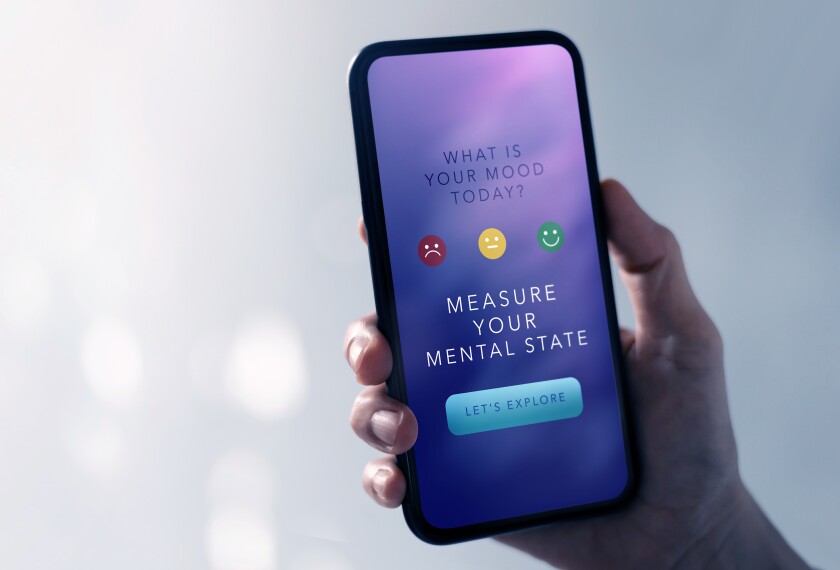Number of Children Taking Psychiatric Drugs Rising
The number of American children taking psychiatric drugs more than doubled in less than 10 years and continues to increase, according to a new study.
Looking at children’s medication records from 1987 to 1996, researchers found that more than 6 percent of the children studied were being treated with such drugs, including Prozac, Ritalin, and Zoloft, by 1996. That number rose again in 2000.
The study, published in the January issue of the Archives of Pediatrics and Adolescent Medicine, evaluated treatment data for about 900,000 children on Medicaid in a mid-Atlantic state and a Midwestern state, and enrolled in a private health-maintenance organization. The lead author of the study was Julie Magner Zito, a researcher at the University of Maryland’s Baltimore campus.
While the results could mean simply that more children’s mental illnesses are being diagnosed, the researchers said, the findings could also be due to the increasing number of medications on the market and financial pressures on the insurance industry. Insurance companies can increase profits, the authors note, by relying on drug treatment, which is less expensive than psychiatric therapy.
The study indicates that children are being medicated almost as much as adults. The researchers have no way of knowing whether drugs were the most appropriate treatment in all of the cases studied, because they did not look at individual children, only medication records.
Insurance providers are not required to reveal how many children are receiving various other treatments, compared with children who are solely taking medication, making it harder to evaluate whether the children were given proper treatment, the authors point out.
“It’s really hard to know—are the right children getting the right medication for the right purposes?” said Dr. Michael Jellinek, the chief of psychiatry at Massachusetts General Hospital and a reviewer of the study. “It makes me worry about the quality [of treatment].”
Also, it is not known how safe such medications are for children, because pharmaceutical companies are not allowed to test them on young people.
Up in Smoke
Sneaking into the restroom for a quick smoke may become less common for students, now that some districts across the country have begun screening youngsters for tobacco use.
At one time, administrators could not prove students had been smoking cigarettes without actually seeing them in the act. But now, commercial drug tests allow districts to add tobacco to the list of substances for which students are tested.
Opponents have argued that cigarette screening is a violation of students’ rights. But some districts have added it to their testing programs since the U.S. Supreme Court affirmed last June that students in extracurricular activities could be randomly tested for drugs.
Schools in Blackford County, Ind., for example, hold weekly random tests of students, including those who participate in extracurricular activities, take driver’s education courses, or apply for parking permits. Students who test positive for tobacco use—or use of alcohol or illegal drugs— have to receive counseling and could lose the right to participate in all extracurricular activities, officials of the 2,300-student district said.
Green Light
The Dallas Independent School District has begun color-coding food items in the lunchroom in an effort to curb the problem of childhood obesity.
A trip to a school lunchroom in the district is now a lesson in color recognition for elementary and middle school students, who are being encouraged to eat healthier foods.
High-fat foods are labeled red, or “whoa,” and should be eaten rarely or be paired with healthier foods. Foods with less fat are labeled blue, or “slow,” and can be eaten a few times a week. And the least fatty foods, such as fruits and vegetables, are labeled green for “go” and can be eaten almost any time.
According to the American Heart Association, about 15 percent of 6- to 19-year-olds are overweight—an estimated 8 million young people. Obesity-related hospital costs total about $127 million annually for those in that age range, according to the heart association. Obesity puts young people at risk for developing Type 2 diabetes, high blood pressure, and unhealthy levels of cholesterol—ailments once associated mainly with adults.
Dallas school officials are not the only ones worried about school lunches and child obesity. The Physicians Committee for Responsible Medicine, a health-advocacy organization based in Washington, has started an advertising campaign equating school lunches with “weapons of mass destruction” in an effort to encourage healthier options in the National School Lunch Program.
In the ads, the group criticizes the U.S. Department of Agriculture for buying millions of dollars worth of surplus meats and cheeses from farmers for school lunches. The result, the group says, is a diet for schoolchildren that is full of cholesterol and saturated fats.
School lunches should consist of more low-fat vegetarian and vegan options, in addition to fresh fruits and vegetables, said Amy Lanou, the committee’s nutrition director. Many school districts also fail to offer soy milk or other calcium-rich alternatives to cow’s milk for students who are lactose-intolerant, she said.
—Hattie Brown




